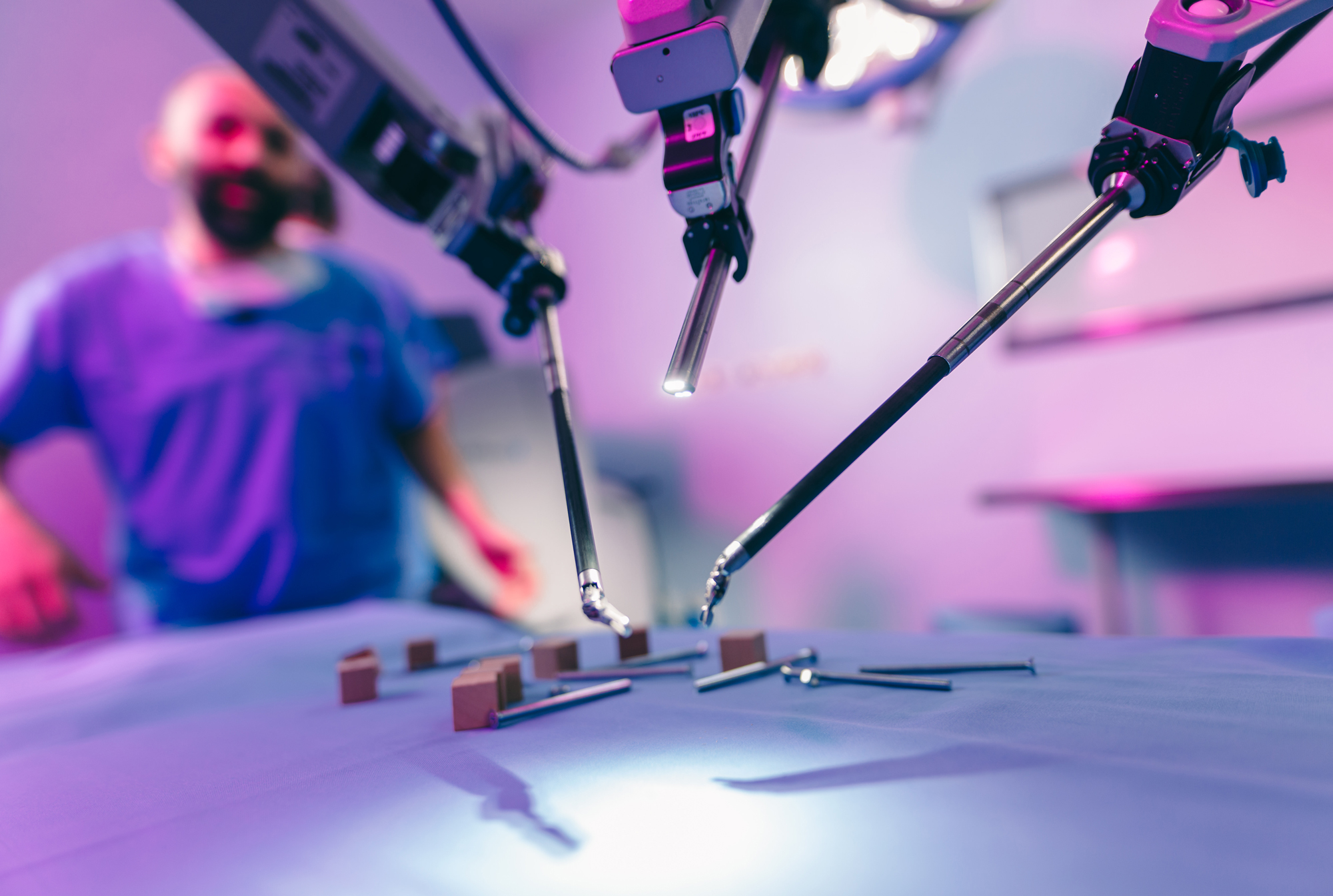With so many impressive improvements happening in the healthcare industry, it’s evident that a great deal of forward progress is happening. But, is that the whole story? Integrating robotics into healthcare and office design has many benefits, but it also has a handful of drawbacks that should be recognized. Thinking about both sides of the coin when designing your medical office helps you be better prepared for the future of your office.
Pros of Robotics in Healthcare
There are obvious benefits to having AI and robots integrated into your medical office design. Below are a few benefits of medical robots being involved in your workspace.
Safer Workspaces
Medical office safety is critical when protecting patients from viruses and infection. Robotics in healthcare can move materials to different parts of the office in a safe, sanitized way. This makes it so there is less risk of exposure to pathogens. Robots can also help lift heavier items so workers don’t have to worry about back pain or muscle strain during their workday.
Less Wasted Time
Robots do not need extra time to think through the surgical procedures they take part in. They also get right to the task at hand with little delay. Some of these tasks consist of recording patient information, lifting heavy objects, and transporting materials.
Consolidate Tasks
Similarly, medical robots help streamline and simplify workflows. This helps minimize the pressure human employees feel when required to constantly check inventory or send out orders. This can also create less clutter in medical office spaces, creating a less stressful environment overall.
Cons of robotics in healthcare
With every pro comes a con. The next three points discuss some of the disadvantages associated with robotics in healthcare.
Reoccurring breakdowns
If a robot were to malfunction in the middle of a life-saving operation, there could be major consequences. Though human error is a possibility when medical professionals are performing surgeries or taking vitals, the same can be said for medical robots. There isn’t often time to stop and reconfigure a robot during a serious medical scenario, proving why humans are still very necessary in medical offices.
Costly operations
Medical technology is costly–especially if it needs to be built into the physical design of the office. AI is often only available to more advanced medical facilities that have research departments as well as other developmental centers. This can be an issue for the smaller medical offices that want to incorporate all that AI has to offer.
Risk of infection
Just like any procedure, infection can occur. Even robotics in healthcare offices can still pose this potential threat. Issues may surface if the patient begins bleeding unexpectedly when a robot is the only “professional” present. It could take time before human workers arrived at the scene. Even if a human is a few seconds away from physically helping the patient, it could mean life or death.

